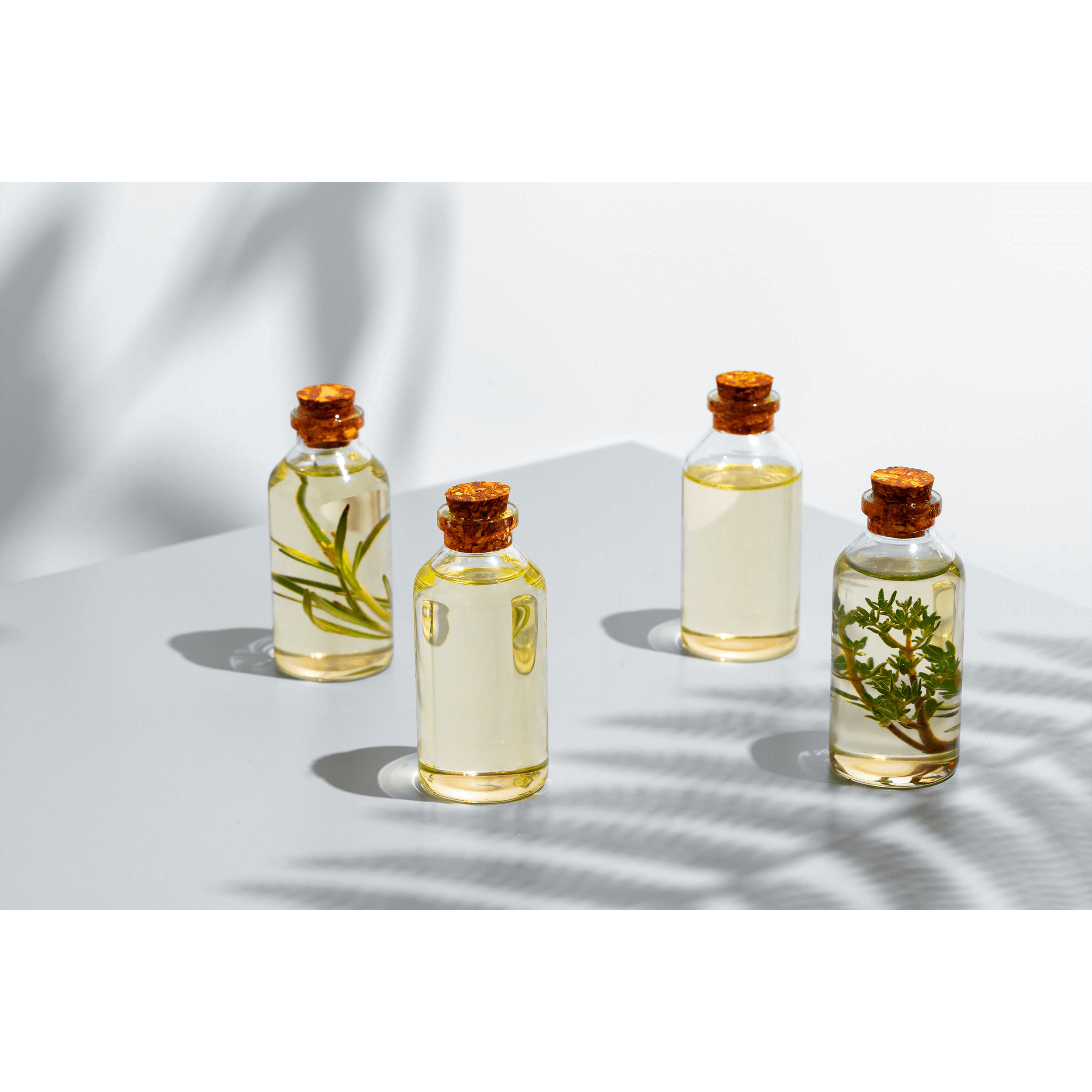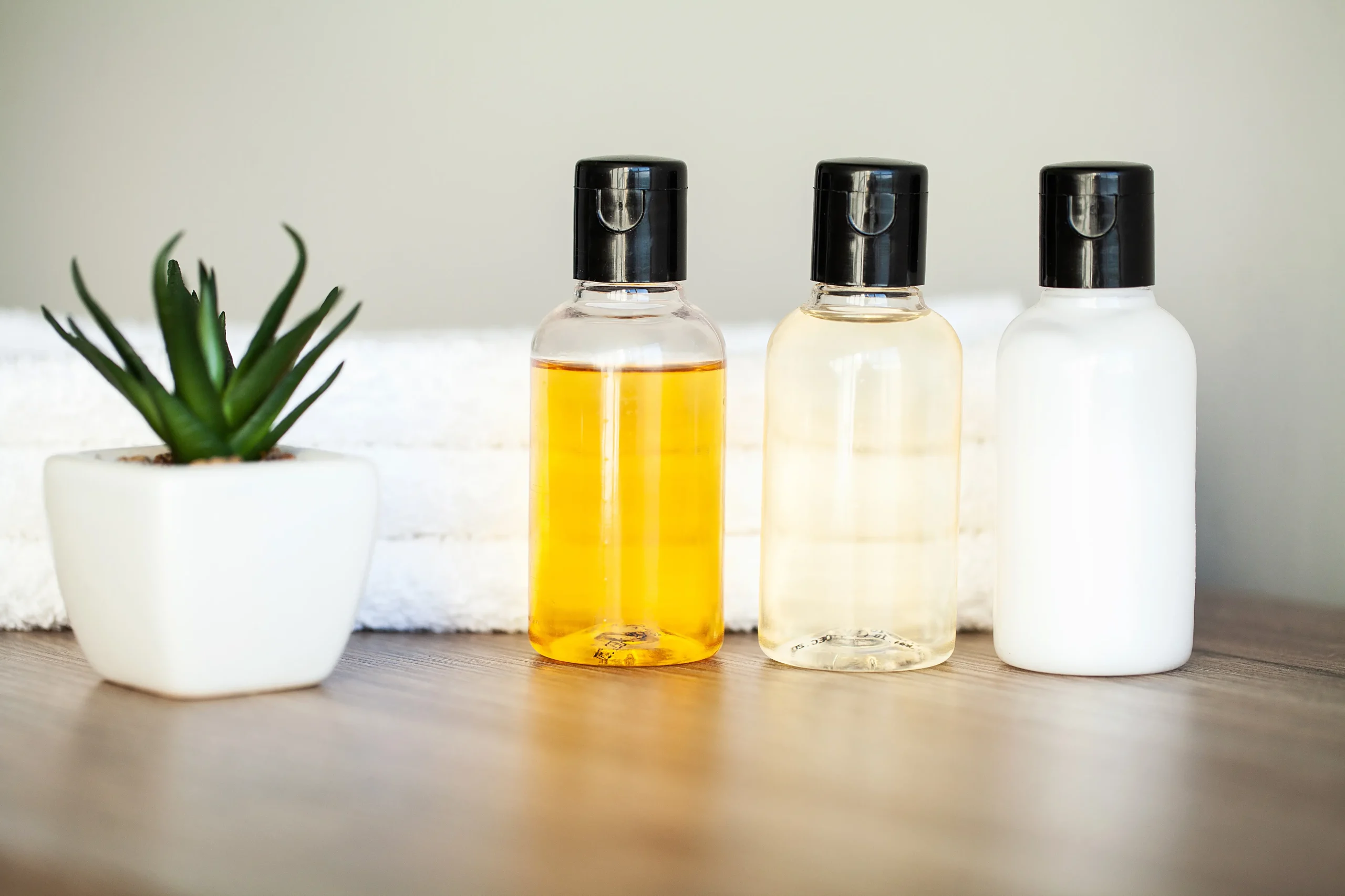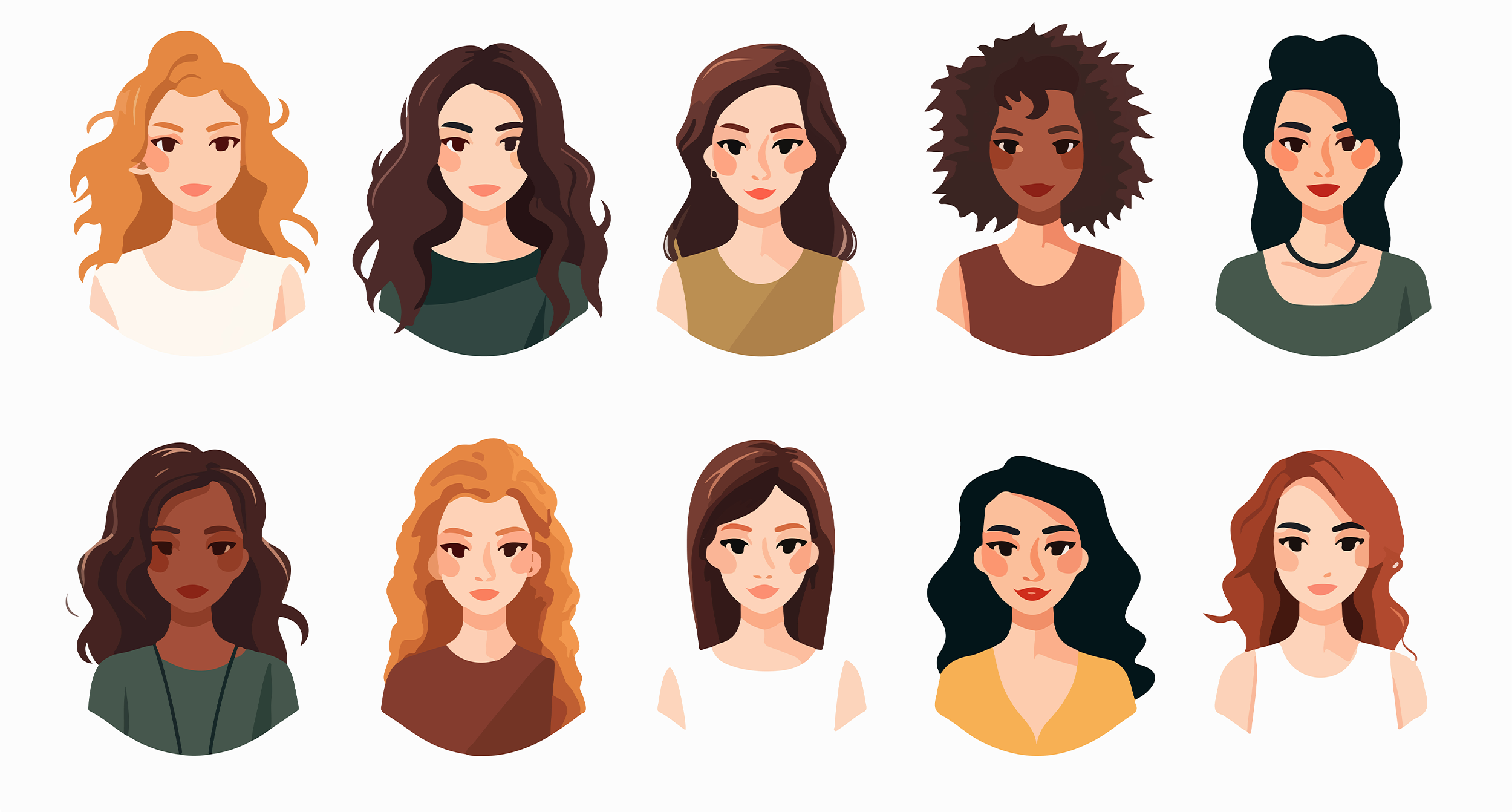Introduction: Importance of Hair Oils
Hair oils have long been revered as a cornerstone of effective hair care routines across various cultures. Whether it’s for promoting growth, adding shine, or preventing damage, hair oils offer a plethora of benefits that can transform your hair’s health and appearance. In today’s world, where hair is often subjected to harsh treatments and environmental stressors, incorporating hair oils into your regimen is more important than ever. These natural elixirs can nourish, protect, and revitalize your locks, ensuring they remain strong, shiny, and resilient.
Understanding how to properly use hair oils is crucial to maximizing their benefits. Misapplication can lead to greasiness, buildup, or even damage, making it essential to know the right types of oils, how to apply them, and how often to use them. This guide will walk you through everything you need to know about harnessing the power of hair oils for the best results.
Types of Hair Oils Available
The first step in properly using hair oils is understanding the variety available and how they cater to different hair needs. Hair oils can generally be categorized into two groups: carrier oils and essential oils.
- Carrier Oils: These are the primary oils used in hair care, known for their moisturizing and nourishing properties. Popular carrier oils include coconut oil, argan oil, jojoba oil, and olive oil. Each has its unique benefits; for instance, coconut oil is excellent for deep conditioning and preventing protein loss, while argan oil is renowned for its ability to add shine and reduce frizz.
- Essential Oils: These are concentrated oils derived from plants and are typically used in combination with carrier oils due to their potency. Common essential oils used in hair care include tea tree oil for treating dandruff, lavender oil for promoting hair growth, and peppermint oil for stimulating the scalp. Essential oils should always be diluted with carrier oils before application to avoid irritation.
Choosing the right type of oil depends on your hair type and the specific benefits you seek.
Identifying Your Hair Type
Before selecting a hair oil, it’s crucial to understand your hair type. This will ensure you choose the oil that best meets your hair’s needs.
- Fine Hair: If you have fine hair, lighter oils like jojoba oil or grapeseed oil are ideal as they won’t weigh down your hair. These oils help in adding moisture without making the hair look greasy.
- Thick Hair: Those with thick or coarse hair can benefit from heavier oils like coconut oil or castor oil. These oils provide deep hydration and help in managing frizz and dryness.
- Curly Hair: Curly hair, which tends to be drier due to the difficulty of natural oils traveling down the hair shaft, can greatly benefit from oils like argan oil or olive oil. These oils add moisture and define curls without making them too heavy.
- Oily Hair: If you have an oily scalp, opt for oils that balance sebum production, such as tea tree oil or peppermint oil. These oils can help in regulating oil production and keeping the scalp healthy.
Prepping Your Hair for Oil Application
Proper preparation is key to ensuring that your hair absorbs the oil effectively. Start by washing your hair with a mild shampoo to remove any dirt, product buildup, or excess oil. This will allow the hair oil to penetrate better and deliver its nutrients to your hair and scalp.
For a more intensive treatment, you can lightly dampen your hair before applying the oil. Damp hair is more receptive to oils, allowing them to lock in moisture more effectively. However, avoid applying oils to soaking wet hair, as this can dilute the oil and reduce its efficacy.
Techniques for Applying Hair Oils
The method of application plays a significant role in how well the oil works on your hair. Here’s how to do it correctly:
- Scalp Application: If your goal is to promote hair growth or improve scalp health, focus on massaging the oil into your scalp. Use your fingertips to gently massage in circular motions for about 5-10 minutes. This stimulates blood circulation, which can encourage hair growth and improve scalp condition.
- Hair Length Application: For moisturizing and nourishing your hair, apply the oil from the mid-lengths to the ends, which are typically the driest parts of the hair. Avoid applying too much oil near the scalp if you have oily hair, as this can make your hair appear greasy.
- Overnight Treatment: For a deep conditioning treatment, apply the oil generously to your hair and scalp before bed, then cover your hair with a shower cap or silk scarf to prevent staining your pillow. Wash it out in the morning for soft, nourished hair.
Recommended Quantity for Different Hair Lengths
Using the right amount of oil is essential to avoid weighing down your hair or causing buildup.
- Short Hair: For short hair, a few drops of oil (approximately 2-3 drops) are usually sufficient. Focus on the scalp and ends to ensure even distribution.
- Medium-Length Hair: For medium-length hair, 4-6 drops should suffice. Start from the mid-lengths and work your way down to the ends, then apply any remaining oil to the scalp if needed.
- Long Hair: Long hair may require up to 8-10 drops, especially if the hair is thick or very dry. Again, focus on the ends first, as they tend to be the most damaged.
Remember, it’s always better to start with a small amount and add more if necessary.
Frequency of Use for Optimal Results
How often you use hair oils depends on your hair type and needs.
- Daily Use: If you have extremely dry or damaged hair, you might benefit from applying a small amount of oil daily, focusing on the ends to prevent split ends and breakage.
- Weekly Use: For most people, applying hair oil 1-2 times per week is sufficient. This provides your hair with the nourishment it needs without leading to excessive buildup.
- Occasional Use: If you have fine or oily hair, you might only need to use oil as a pre-shampoo treatment or occasionally when your hair feels dry.
Combining Oils with Other Treatments
Hair oils can be combined with other treatments for enhanced benefits. For instance:
- Oil and Heat: Applying oil before heat styling can protect your hair from damage. Use a small amount of oil as a heat protectant, ensuring even distribution.
- Oil and Deep Conditioner: You can mix a few drops of hair oil with your deep conditioner to boost its moisturizing properties. This is particularly beneficial for very dry or damaged hair.
- Oil and Leave-In Treatments: After washing your hair, apply a lightweight oil along with your leave-in conditioner to lock in moisture and add shine.
Common Mistakes to Avoid with Hair Oils
Even though hair oils offer numerous benefits, it’s easy to misuse them. Here are some common mistakes to avoid:
- Using Too Much Oil: Over-application can lead to greasy hair that looks limp and unclean. Always start with a small amount and build up as needed.
- Applying Oil to Dirty Hair: Applying oil to unwashed hair can trap dirt and impurities, leading to scalp issues. Always apply oil to clean hair for the best results.
- Not Washing Out the Oil Properly: Failing to thoroughly wash out the oil can lead to buildup, which can weigh your hair down and make it appear dull. Use a gentle, sulfate-free shampoo to remove excess oil.
- Using Oils Not Suitable for Your Hair Type: Using an oil that is too heavy for your hair type can cause problems like greasiness or clogged follicles. Always choose an oil that matches your hair type and needs.
Conclusion: Embracing the Benefits of Hair Oils
Incorporating hair oils into your hair care routine can be a game-changer, offering a natural way to nourish, protect, and enhance your hair’s health. By understanding your hair type, choosing the right oils, and applying them correctly, you can unlock the full potential of these natural elixirs. Whether you’re looking to add shine, promote growth, or simply keep your hair healthy, hair oils are a versatile and powerful tool in your beauty arsenal.
About Paddie Hair & More
At Paddie Hair & More, we understand the importance of using high-quality hair oils and products tailored to your unique hair needs. Our carefully curated selection of hair care products is designed to help you achieve your best hair ever. Explore our range of hair oils and treatments, and embrace the transformative power of nature for your hair care routine. Trust Paddie Hair & More to provide you with the tools you need for healthy, vibrant hair every day.









